O Quy Ho Pass, one of the four great passes of North Vietnam, is not only an exciting challenge for travelers but also a beautiful destination for tourists. Due to the overwhelming natural image of the Northwestern sky, O Quy Ho is definitely the ideal spot for photographers.
Overview of O Quy Ho Pass
The O Quy Ho Pass is an important route connecting the two provinces of Lai Chau and Lao Cai. This zig-zag and dangerous road accidentally becomes the rising point during the journey to Northwest Vietnam. So if you reach the pass by motorcycle, you have to be very careful, it is better to choose a car because drivers are used to the winding curves.
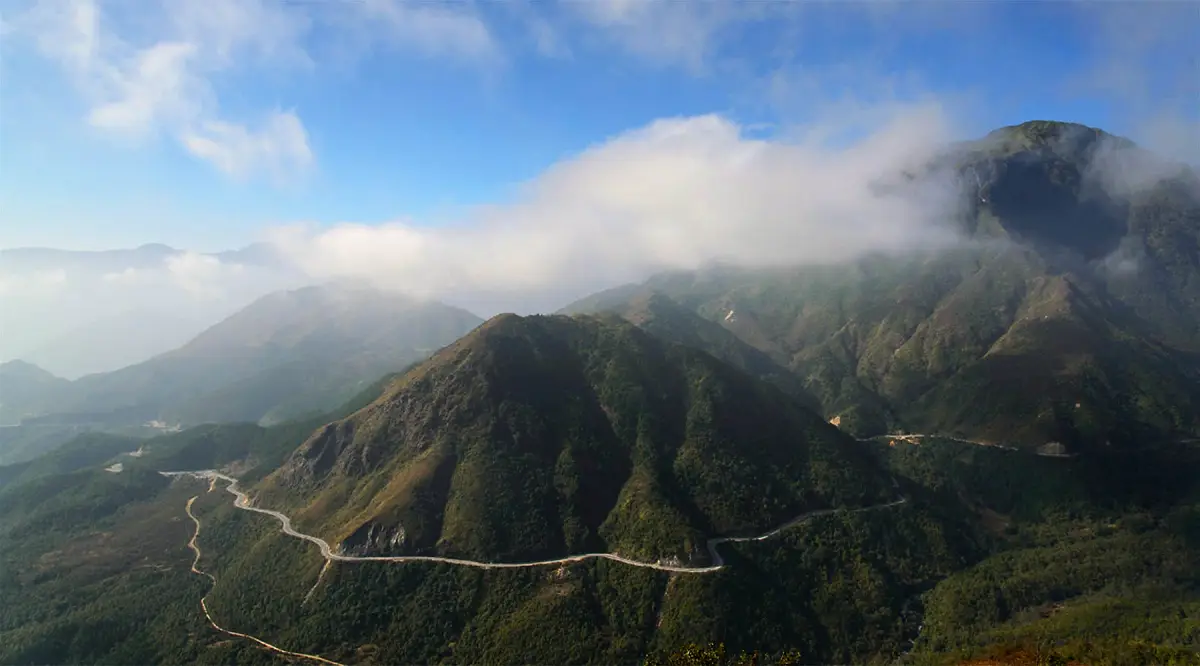
If we have Hai Van Pass as the symbol of the Hue-Da Nang area, then O Quy Ho Pass is the symbol of Sapa, besides the winter beauty of this city. Besides the main name mentioned in the front, the pass is known by many names such as Hoang Lien Son Pass or Cloud Pass.
Located at an altitude of 200m above sea level with a length of 50km, O Quy Ho is recognized by the Vietnam Records Organization as the longest pass in the country, longer than the famous Ma Pi Leng Pass, and "the king" of "four great passes in the Northwest."
The stunning beauty on top
Standing on O Quy Ho Pass and looking down, you will feel like you can keep your eyes on the whole world. Visitors of our Sapa tours can see the dimly lit Hoang Lien Son range in the afternoon sunlight, or the highest Fansipan Peak engulfed in white smog. On both sides of the pass, one side is a deep, bottomless abyss, the other side is steep sharp cliffs.

On full moon nights, the light of the moon spreads down the towering cliffs, casting shadows towards the bend and the whole scene looks like a watercolor painting when viewed sideways.
The Love Waterfall
The Love Waterfall is a well-known tourist destination of Sapa, about 4 km from the town center in the southwest and about 3 km from O Quy Ho Pass. It is one of the four most beautiful waterfalls in Sapa. Behind the magnificent beauty of O Quy Ho Pass is the legend of a sad love story that has existed for thousands of years, which is also a factor that attracts couples to Sapa. It is about O Quy Ho - the son of the Mountain God and the seventh fairy - the daughter of the Heaven Emperor.

O Quy Ho, because of his passion for the beauty of the world, did not obey his father and became a mortal. Every day he went to the mountains to cut firewood, played the flute, befriended nature, and lived freely. One day, the fairy came down to earth to take a walk and bathed at the Love Waterfall. She then heard the sound of the flute O Quy Ho was playing and fell in love with him immediately.

Their love bloomed as soon as her father, the Heavenly Emperor, found out. He decided not to let his daughter return to earth, so he turned the young boy into a black turtle at the top of the pass near a waterfall. Meanwhile, the fairy who suffered from lovesick, fell ill and died. Afterward, she turned into a phoenix, in the afternoon flew over the top of the pass and shouted the name of her lover: O Quy Ho, O Quy Ho!... Moved by the couple's unfulfilled love, the locals named the top of the pass O Quy Ho and the Waterfall of Love.

If you stay at the top of A Pa Chai, you can see the landscapes of three countries at the same time, then on O Quy Ho's peak, visitors just need to turn their heads a little bit to see 2 different views of 2 provinces. Though thousands of years have passed, the sadness of unfulfilled love can still be seen through a melancholy color on O Quy Ho Pass every afternoon. On the Lao Cai side, it is still warm and sunny, just like the phoenix, and on the other side of the pass - the Lai Chau side - it is sunken in dark clouds like it is about to rain, similar to the contradiction of the love story. This creates a poetic and unique feature of O Quy Ho Pass.
O Quy Ho Peak
In addition to Quan Ba,O Quy Ho Peak (or O Quy Ho Heaven's Gate) is also one of the famous heaven gates of Vietnam. Standing on the top of O Quy Ho Pass, you can rest your soul by looking at the fluffy clouds floating in the middle of the blue sky and the fresh air pervading all over the place.
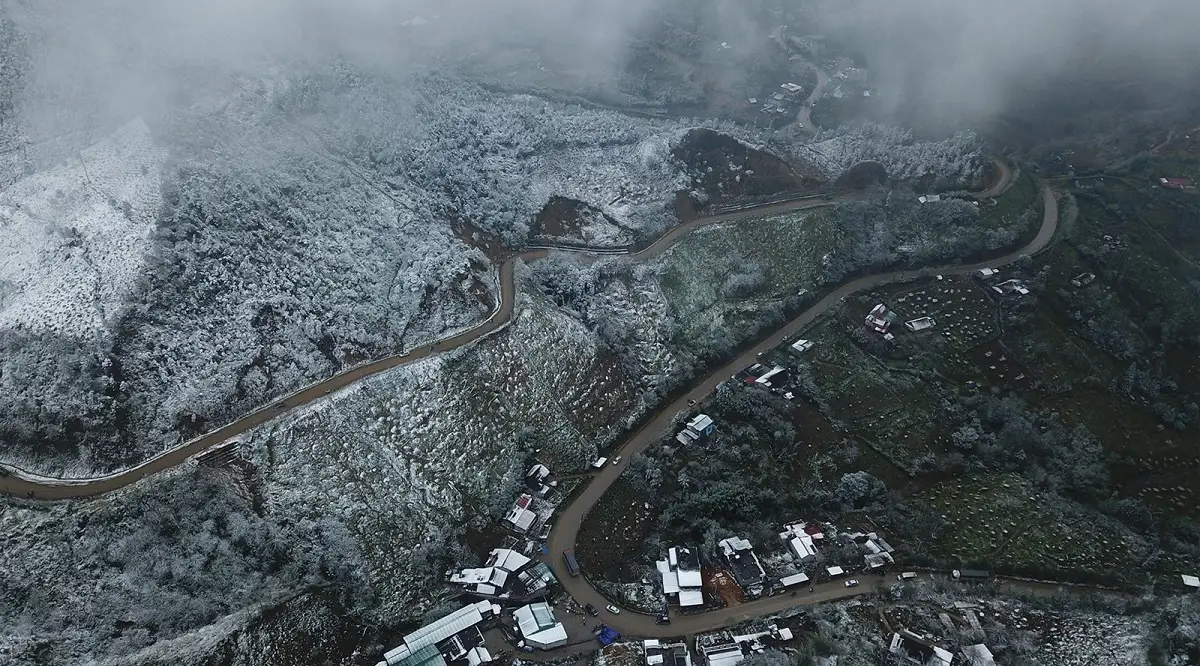
When summer comes, you can see a Lai Chau side filled with bright sunshine, while the Lao Cai side is immersed in smog, mixed with a bit of cold. In winter, everything changes in the blink of an eye; the Lao Cai side will be the warmer and brighter one, while the Lai Chau side looks like it is in hibernation. So any time is the right time to visit Sapa and conquer O Quy Ho.
Another activity of pleasure when coming to O Quy Ho Pass, in addition to sightseeing, is to enjoy the scenery while tasting Sapa specialties. Besides the restaurants in Sapa, eateries along the road to O Quy Ho Pass also provide many unique Sapa dishes such as armpit pig, buffalo, hill chicken, etc., served with vegetables from the Western mountains and forests.
How to get to O Quy Ho Pass?
O Quy Ho Pass has a length of about 50km and is located on National Highway 4D. Therefore, to reach the pass, visitors must find a way from Sapa town to Highway 4D. If you take the starting point at Sapa town and the stopping point at the top of the pass, the distance is approximately 15km. You start from the town (bus station), drive down Dien Bien Phu road, pass Silver waterfall for 12km, and continue straight to reach the top of the pass. Or you can ask the people in town and they will show you the shortest route to the O Quy Ho Pass.
Besides places like Muong Hoa Valley, or Sapa's ethnic villages, O Quy Ho Pass is also one of the places not to be missed when traveling in the northern mountainous region of Vietnam.
See more:








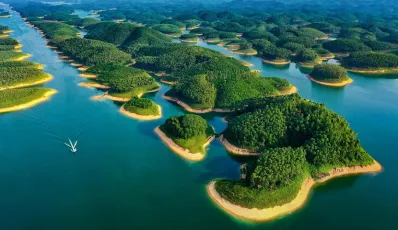
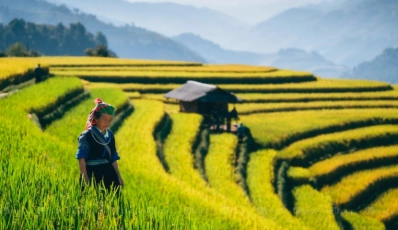
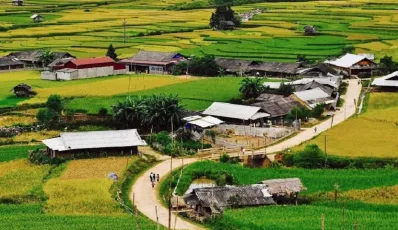
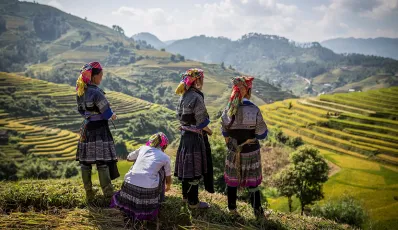
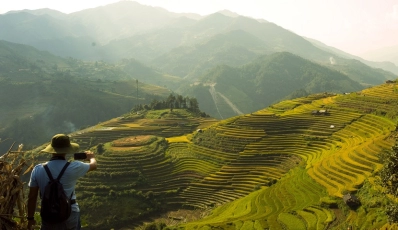
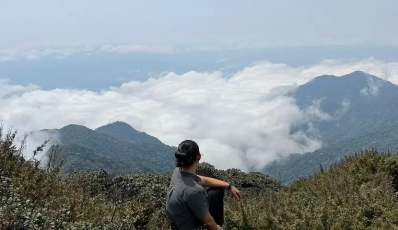
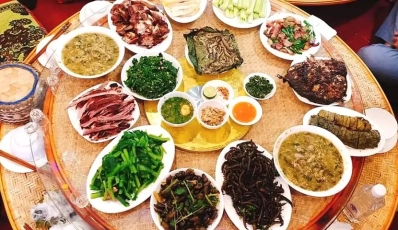

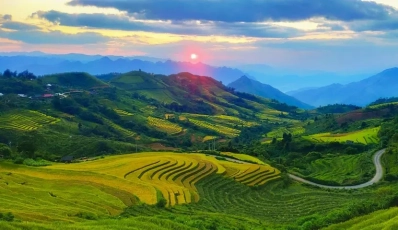




 TRAVELERS' CHOICE 2025
TRAVELERS' CHOICE 2025 


